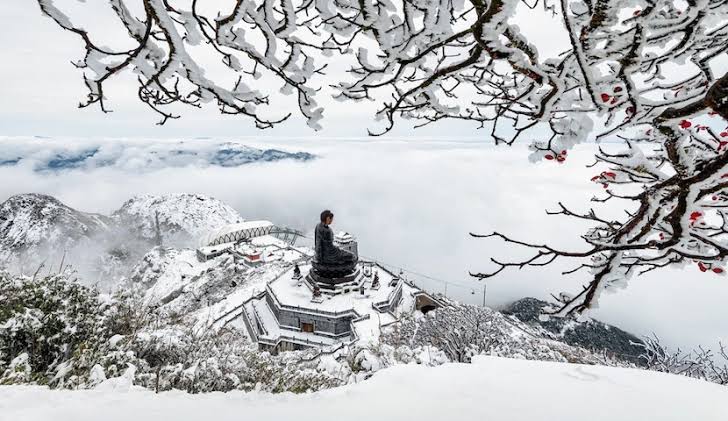Winter in Vietnam is an intriguing and attractive proposition for tourists who want to discover this exciting country. From the cool, misty north mountain to the sunny south beaches, winter allows for all sorts of activities you can enjoy in Vietnam.
This winter guide provides essential information about the winter season in Vietnam, including weather, activities, festivals, and what to wear.
Weather in Vietnam in Winter
Weather during winter in Vietnam differs greatly across the country, so it is very important to understand the conditions at each place you intend to go to. Most striking differences are found between the northern, central, and southern parts of Vietnam:
| Weather Element | Details |
| Temperature (°C) | – Northern Vietnam: 10-20°C (can drop to 5°C at night)
– Mountainous North (Sapa, Mau Son): 3-15°C (can drop below 0°C) – Central Vietnam: 15-25°C – Southern Vietnam: 25-30°C |
| Snowfall | Rare in high-altitude areas like Sapa and Mau Son, occasional frost |
| Daylight Hours | 10.5 – 12 hours depending on the region |
| Humidity | 75-85% |
| Precipitation | Light rain in the north, dry in the south; 40-60mm monthly |
Northern Vietnam experiences cooler temperatures, particularly in areas like Hanoi and Sapa. During this period, the temperatures can fall below freezing at night, and even snow can occur at higher altitudes. In contrast, southern regions like Ho Chi Minh City enjoy a warmer climate with an average temperature of about 25˚C. This makes it ideal for vacationers who love to be at the beach.
Planning to explore Vietnam’s diverse winter climate? Make sure your visa is in order. Check your Vietnam visa status now.
Why Visit Vietnam in Winter?
Winter in Vietnam is a season of change, providing locals and visitors with an opportunity to shape their view of Vietnam. Following are some of the reasons why winter is the most suitable season to go to Vietnam.
Pleasant Climate for Exploration
The weather during winter in Vietnam is pleasantly cold in the northern parts of the country, with daytime average temperatures of 10°C to 25°C. This is ideal for hiking and sightseeing. In the meantime, the central and southern areas provide pleasant, comfortable temperatures suitable for beach holidays and outdoor leisure activities.
Fewer Crowds
Vietnam is relatively less crowded in winter than in other seasons. The most popular spots, such as Ha Long Bay, Hoi An, and Hue, are not congested, allowing you to have more time to appreciate the natural landscape and explore the places that tell the stories without the usual tourist rush.
Festivals and Celebrations
Winter in Vietnam means the peak festival season, including Tet (Lunar New Year), providing an opportunity to experience the colorful Vietnamese culture. This is the time to enjoy traditional customs, savor special dishes, and be part of the celebrations of the local community.
Stunning Landscapes
Winter season reveals the beauty of Vietnamese landscapes. From misty hamlets on Sapa to the clear skies above Ha Long Bay, the landscapes are particularly beautiful and photogenic, a photographer’s paradise.
Don’t miss out on Vietnam’s winter magic. Read this blog to know how to apply for a Vietnam visa to sort everything before your trip.
What to Look Out for in Vietnam During Winter
While winter is a good time to travel to Vietnam, there are some things to be considered:
Weather Variability
The weather can vary greatly across different regions. It can get extremely cold in the north of Vietnam, particularly in the evenings. Make sure to pack warm clothes if visiting areas such as Hanoi or Sapa. On the other hand, the southern area is still warmer, and it is easy to “get a tan” on the sunny sandy beaches of Phu Quoc and Ho Chi Minh City.
Tet Festival Closures
Tet, the Vietnamese Lunar New Year holiday, is one of the key holidays in Vietnam. Although things are exciting to visit at the moment, lots of shops and tourist attractions might be closed for a couple of days. Additionally, transport services might operate at a higher rate than usual. Hence, it’s advisable to plan ahead when traveling around this period.
Road Conditions
Roadways winding through mountainous districts like Sapa can be slippery or foggy in winter, even in fog or frost. Always check the weather forecast before setting out for an excursion.
Top Things to Do in Vietnam During Winter
There are plenty of awesome activities to do in Vietnam in winter, ranging from cultural experiences to sporting pursuits. Whether you’re a thrill-seeker or a culture enthusiast, here’s a list of the best things to do:
Trekking in Sapa

Sapa is one of the most popular trekking destinations, particularly in winter. Refreshing and misty weather is perfect for sightseeing in terraced paddy fields and mountains. Winter graces Sapa with a stunning vista, and you can even see some snow enhancing the magic of the incredibly scenic views.
Location: Sapa, Lao Cai Province
Best Time to Visit: December to February
Pro Tips:
- Pack warm clothing as temperatures can drop below freezing.
- Book a local guide to explore off-the-beaten-path trails.
- Visit ethnic villages like Cat Cat and Ta Phin for an immersive cultural experience.
Cruising in Halong Bay
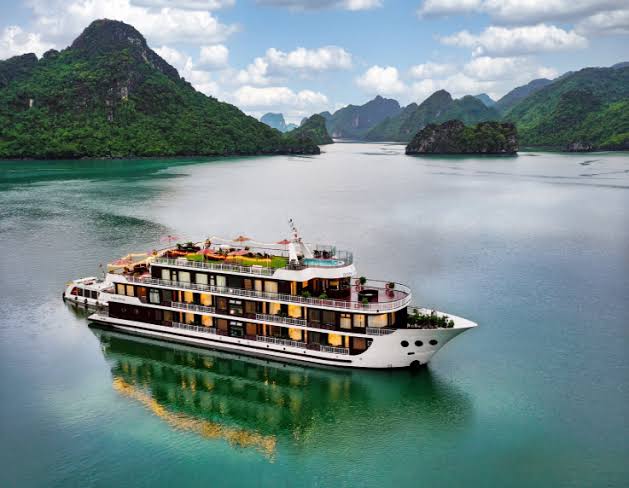
Ha Long Bay is one of the most famous sites in Vietnam, known for its turquoise waters and karst islands. Winter cruises in Halong Bay offer calm days with low humidity, making it an ideal season for kayaking, island hopping, and cave exploration.
Location: Quang Ninh Province
Best Time to Visit: November to March
Pro Tips:
- Opt for an overnight cruise to explore the bay thoroughly.
- Try kayaking for close-up views of karst islands and caves.
- Early mornings and sunsets are perfect for photography.
Exploring Hanoi’s Old Quarter
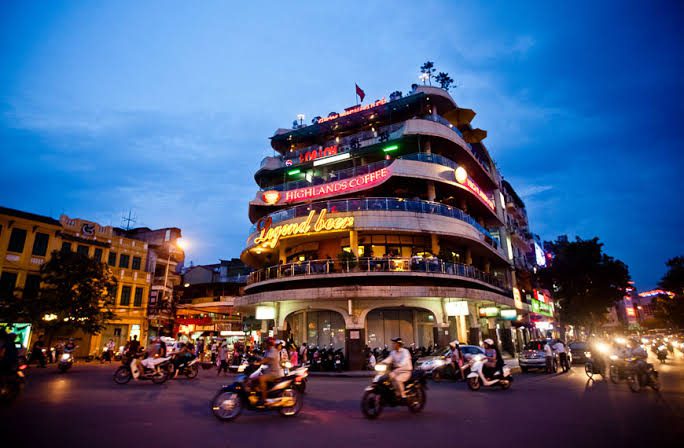
Winter in Hanoi is ideal for walking in the Old Quarter, where you can lose yourself in the city’s strong, ancient, and deeply evolving history and culture. You can explore famous landmarks such as Hoan Kiem Lake, Ho Chi Minh Mausoleum, and the Temple of Literature. Don’t miss the opportunity to taste some of the best street food in Hanoi, such as Pho and Banh Mi.
Location: Hanoi
Best Time to Visit: December to February
Pro Tips:
- Wear comfortable shoes for walking.
- Try local street food like Pho and Banh Mi at popular stalls.
- Visit Hoan Kiem Lake in the early morning to see locals practicing Tai Chi.
Beach Time in Phu Quoc
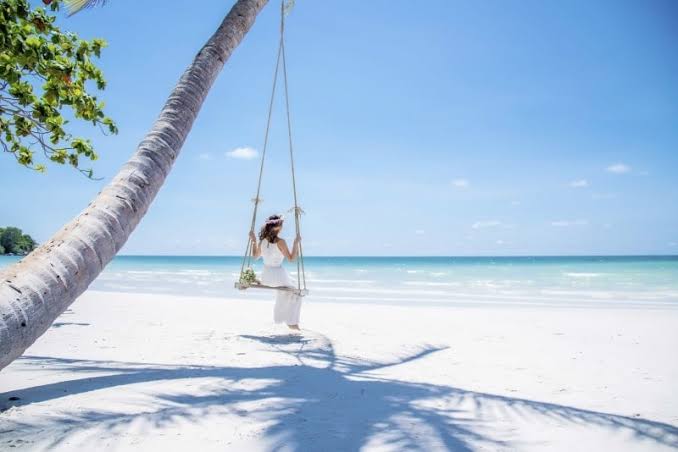
Go to Phu Quoc in the south of Vietnam if you like the hot weather. On this tropical island with clear water and serene scenery, you can find magnificent snorkeling opportunities off pristine beaches or amongst the nearby coral reefs.
Location: Phu Quoc Island, Kien Giang Province
Best Time to Visit: November to April
Pro Tips:
- Explore snorkeling and diving spots near Hon Thom Island.
- Visit Starfish Beach for Instagram-worthy photos.
- Rent a motorbike to explore the island’s hidden beaches and waterfalls.
Photography in Da Lat
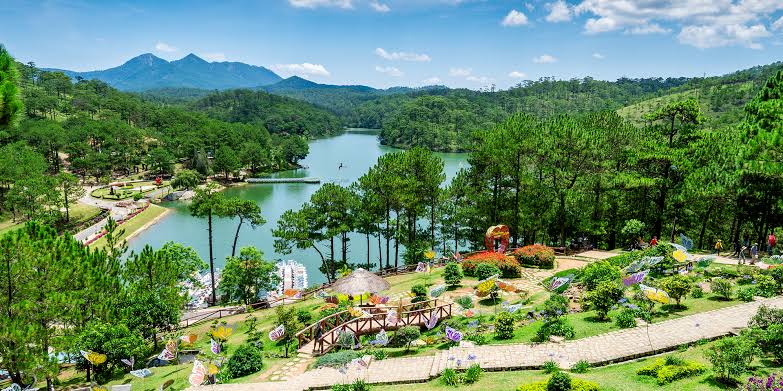
Known as the “City of Eternal Spring,” Da Lat is famous for its cool, pleasant climate and beautiful landscapes. With flower gardens, pine forests, and lakes, this delightful city offers no shortage of picturesque scenery to photograph.
Location: Da Lat, Lam Dong Province
Best Time to Visit: December to February
Pro Tips:
- Visit flower gardens and lakes like Xuan Huong Lake for scenic shots.
- Head to the Valley of Love and Lang Biang Mountain for panoramic views.
- Carry a lightweight tripod for better low-light photography.
Street Food Tours in Ho Chi Minh City
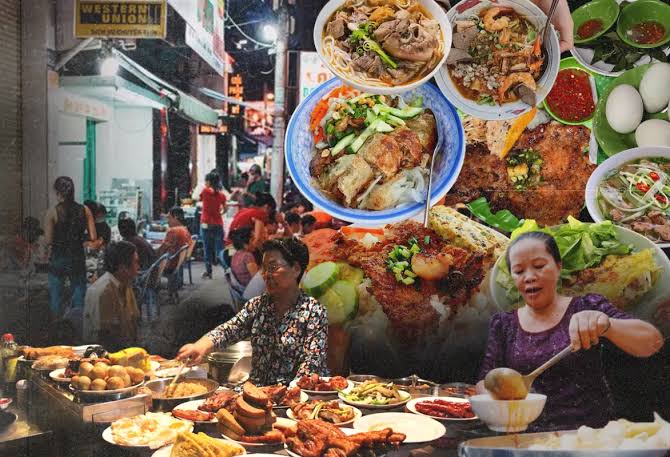
Winter is the perfect season to savor local food in Vietnam. Street food, including piping hot bowls of pho, steamed buns, and Vietnamese hotpots, is readily available in Ho Chi Minh City. The cool weather makes it the ideal time to enjoy these hearty, cozy, and tasty meals.
Location: Ho Chi Minh City
Best Time to Visit: December to March
Pro Tips:
- Join a guided food tour for authentic recommendations.
- Try Vietnamese hotpot and steamed buns for a warm, hearty meal.
- Visit the Ben Thanh Market for diverse food options.
Outdoor Adventures in Central Vietnam
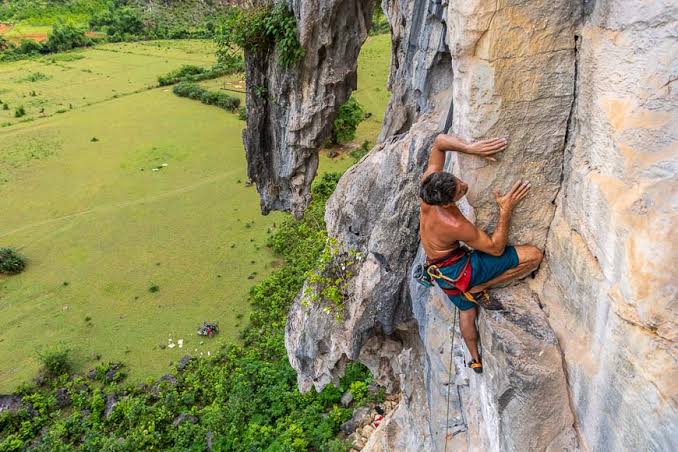
Central Vietnam offers several outdoor recreation options, such as hiking to see the sights within Bach Ma National Park or cycling through the countryside in Hoi An. These activities are more enjoyable in the winter chill than in the summer heat.
Location: Central Vietnam (Hue, Hoi An, Bach Ma National Park)
Best Time to Visit: November to February
Pro Tips:
- Pack layers for cooler mornings and evenings.
- In Hoi An, rent a bike to explore rice fields and local villages.
- At Bach Ma National Park, hire a guide for safety and better trail navigation.
From scenic boat rides to exploring ancient temples, Vietnam awaits you this winter. Learn how to check your Vietnam visa status today.
Festivals & Events in Vietnam During Winter
Winter in Vietnam is a vibrant season in which to witness various festivals that reflect the country’s rich culture, traditions, and sense of community.
Tet Festival (Lunar New Year)

Tet is the most important festival in Vietnam, which is typically celebrated in late January or early February. It is a season for family gatherings, childhood foods, and bustling street markets. Flowers are planted along the streets while the scent of incense and fireworks fills the air. The festival is a wonderful opportunity to immerse yourself in the heart of Vietnamese culture.
Location: Across Vietnam
Date of Event: Late January or early February (varies based on the lunar calendar)
Highlights:
- Family gatherings and traditional feasts.
- Bustling street markets adorned with flowers.
- Streets filled with the scent of incense and fireworks displays.
Hoi An Lantern Festival
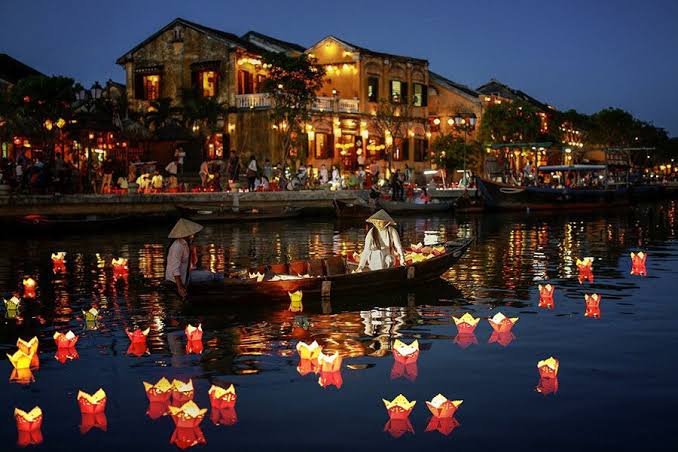
The Lantern Festival is celebrated on the 14th day of every lunar month and is particularly magical in the winter. During the festival, the town is illuminated with hundreds of vibrant, festive lanterns, evoking a charmingly tranquil environment. Don’t miss the opportunity to ride a boat and experience the dazzling lights along the river.
Location: Hoi An Ancient Town
Date of Event: 14th day of every lunar month (especially magical in winter)
Highlights:
- Streets illuminated with hundreds of colorful lanterns.
- A tranquil boat ride to view the lantern-lit river.
- Cultural performances and traditional music.
Perfume Pagoda Festival
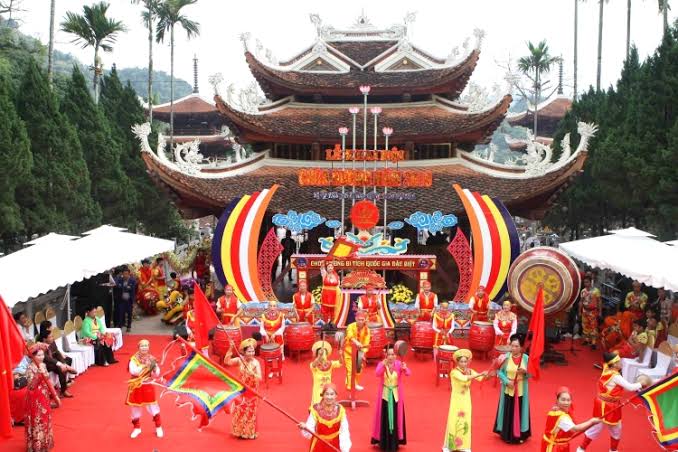
This religious holiday is a pilgrimage to the Perfume Pagoda, one of the most sacred places in Hanoi. The festival is held between January and March. It consists of a boat ride and a hike through verdant scenery to the pagoda, where people pray for health and wealth.
Location: Perfume Pagoda, Hanoi
Date of Event: January to March
Highlights:
- Scenic boat rides through lush landscapes.
- A hike to the sacred pagoda for prayers.
- Spiritual rituals to wish for health and wealth.
What to Wear in Vietnam During Winter?
Before deciding what to wear in Vietnam during wintertime, you should consider the weather in the country.
Northern Vietnam
In the North, and particularly in cities like Hanoi and Sapa, the temperatures can drop below zero, especially at night. Make sure to wear warm clothing (e.g., sweaters, thermals, scarves, gloves, waterproof boots) and footwear. When you plan on trekking in the mountains, do not forget to bring sturdy, waterproof shoes.
Central and Southern Vietnam
In the middle and south regions of Vietnam, the climate is relatively gentle and warm. Hence, long-sleeved shirts and jackets with soft shoes are sufficient. If you’re planning to visit the beach, don’t forget to carry swimwear and sunscreen.
Why Choose OneVasco?
OneVasco makes visa applications effortless. Our expert team manages the entire process, allowing you to focus on your journey.
Enjoy stress-free travel with fast visa approvals.
- Expert and Personalized Support
- Efficient and Hassle-Free Process
- Real-Time Tracking and Updates
- Transparent Communication
- Trusted by Million
Ready to embrace Vietnam’s winter charm? Start your visa process with OneVasco now and focus on creating unforgettable memories.
Frequently Asked Questions
How cold is Vietnam in winter?
The temperature during winter in Vietnam varies by region. In the north, the minimum is 5 °C, whereas in the south the temperature averages 20 °C-25 °C.
Can you enjoy beaches in Vietnam during winter?
Yes, you can enjoy the beaches in Vietnam during winter, especially in the central and southern regions like Phu Quoc and Nha Trang. The weather in these regions remains warm and comfortable. Winter is an ideal time for beach activities such as swimming, sunbathing, and water sports.
What is the average temperature in Vietnam in winter?
The average winter temperature in Vietnam varies from 10 to 25 °C. The northern region of Vietnam may have a very low temperature, whereas the southern region has a comparatively higher temperature during winter.
Is it sunny in Vietnam during winter?
Yes, the south of Vietnam experiences plenty of sunshine in winter, while the north may see overcast skies, occasional rains, and snow.
Is it windy in Vietnam during winter?
In general, winter in Vietnam is not particularly windy, but certain regions, especially the northern areas like Hanoi and Sapa, can experience occasional chilly winds, particularly at night. Coastal areas, such as Da Nang and Phu Quoc, have mild winds.
What clothes should I wear in Vietnam in winter?
For northern Vietnam, warm clothes such as jackets, sweaters, woolly hats, and scarves are required. In the south, light layers and comfortable clothes are enough.
Is Vietnam cheaper in winter?
Vietnam can be slightly cheaper in winter, particularly in terms of accommodation and travel expenses, as it is considered the off-peak season in many areas. However, prices can vary depending on the region and events like Tet.
What are some activities to do in Vietnam during winter?
You can enjoy a variety of activities in Vietnam in winter, such as
- trekking in Sapa
- exploring Hanoi’s Old Quarter
- witnessing the Lantern Festival in Hoi An
- beach activities like swimming, snorkeling, and other water sports in Phu Quoc and Nha Trang
- try local street food
What can I see in Vietnam in winter?
Major Tourist attractions in Vietnam in winter are Halong Bay, streets lit by lanterns in Hoi An, Hanoi’s Old Quarter, and floating markets in the Mekong Delta.
What outdoor adventures can I enjoy in Vietnam during winter?
You can go trekking in Sapa, motorbiking through Ha Giang, explore caves in Phong Nha, or enjoy beach sports in the south.
What are some free things to do in Vietnam in winter?
Visit Hanoi’s Hoan Kiem Lake, explore local markets, enjoy street food tours, and hike in national parks like Cat Ba for free.





